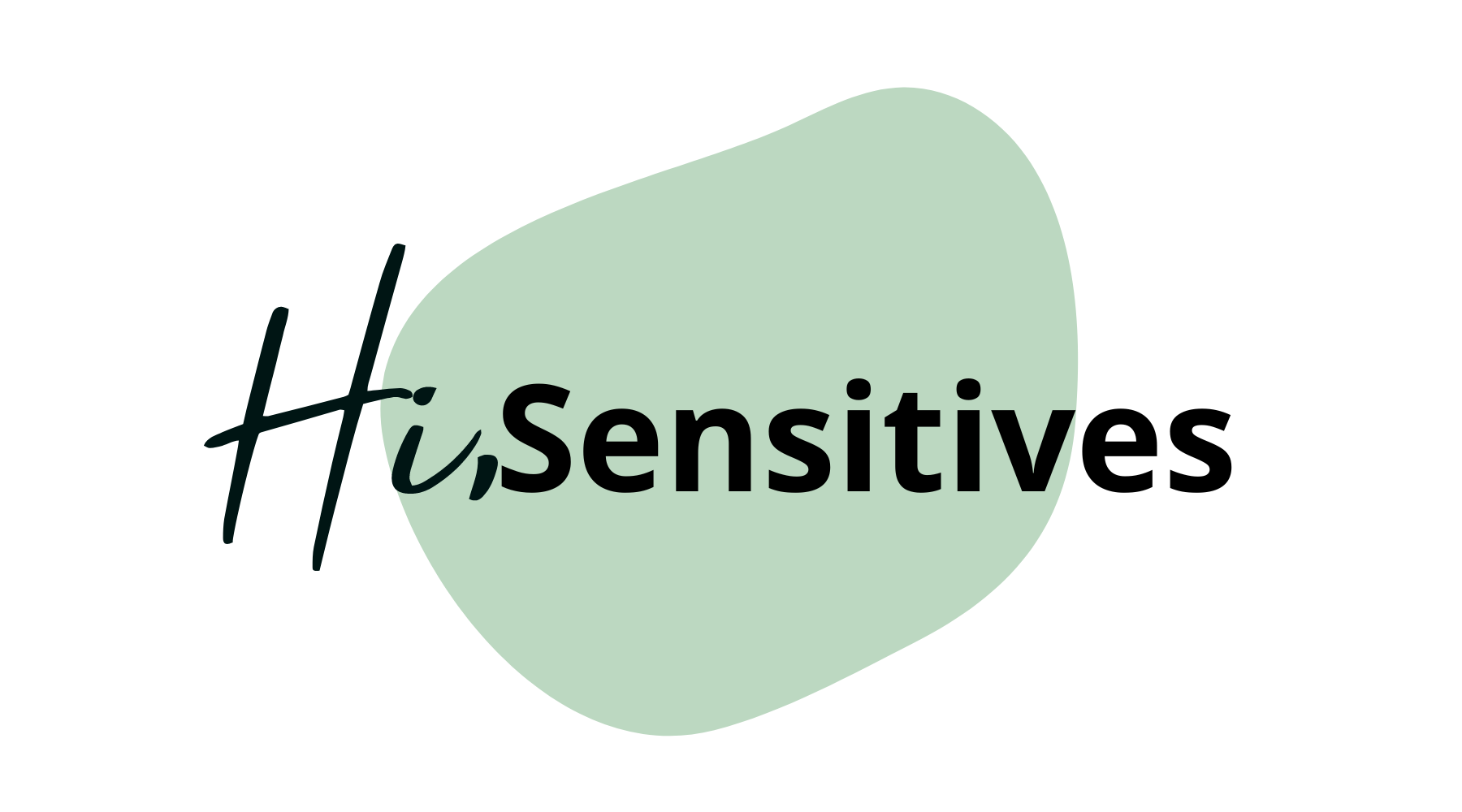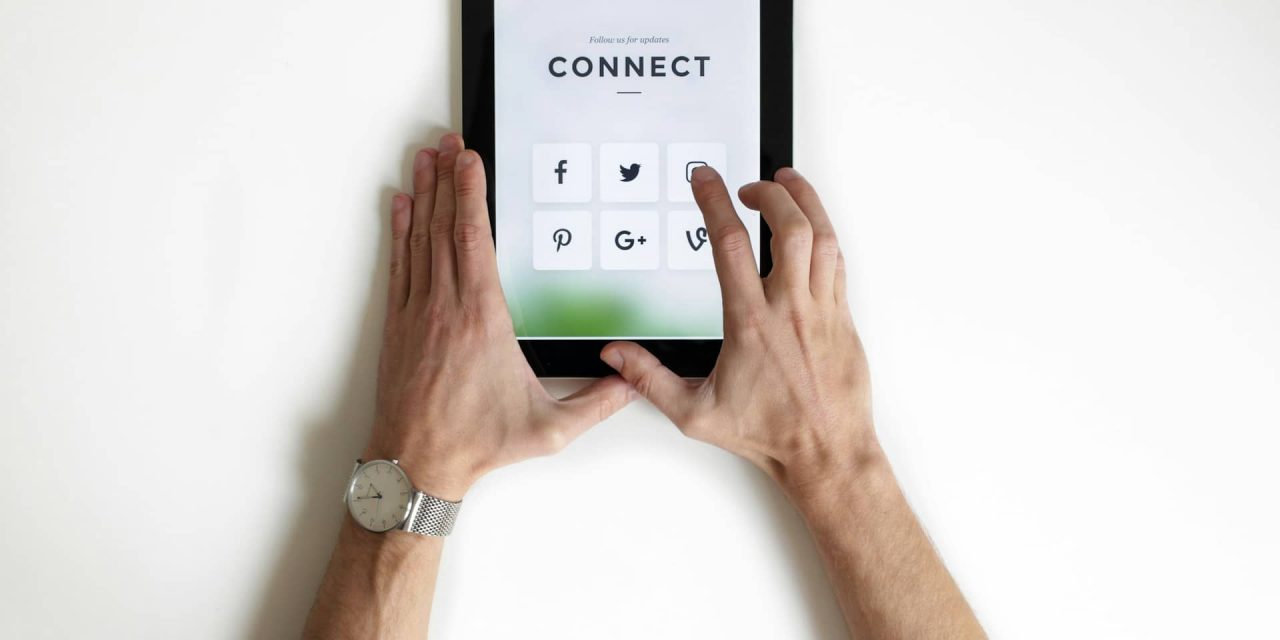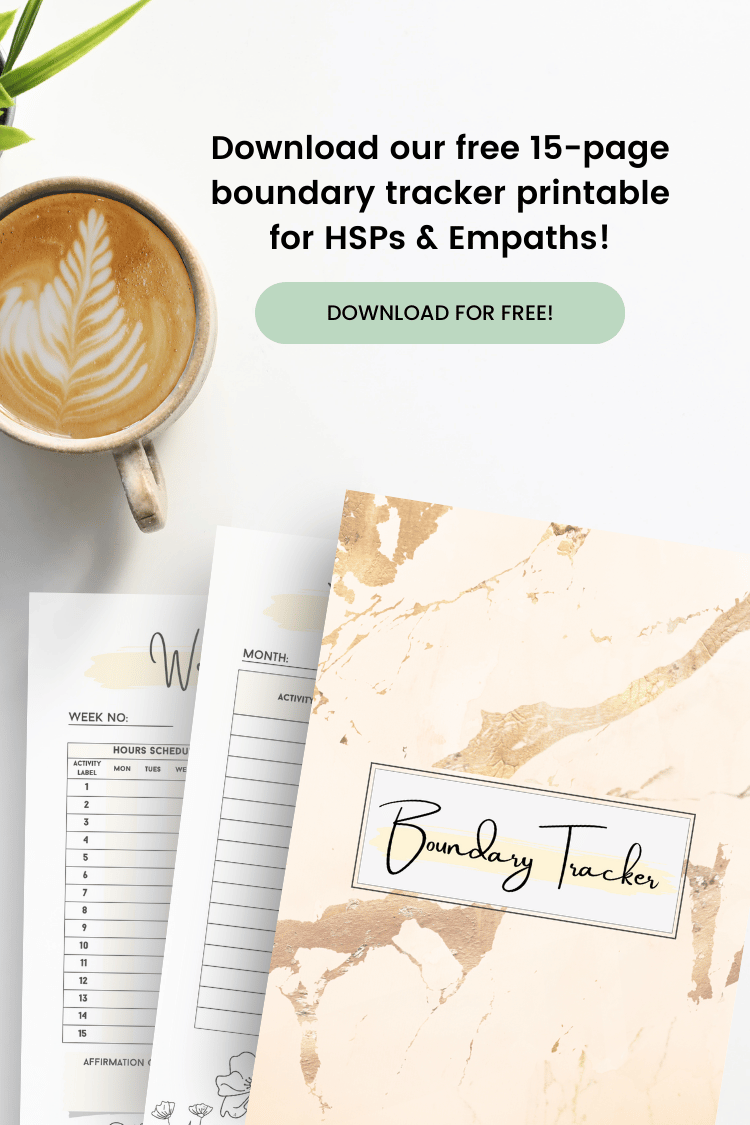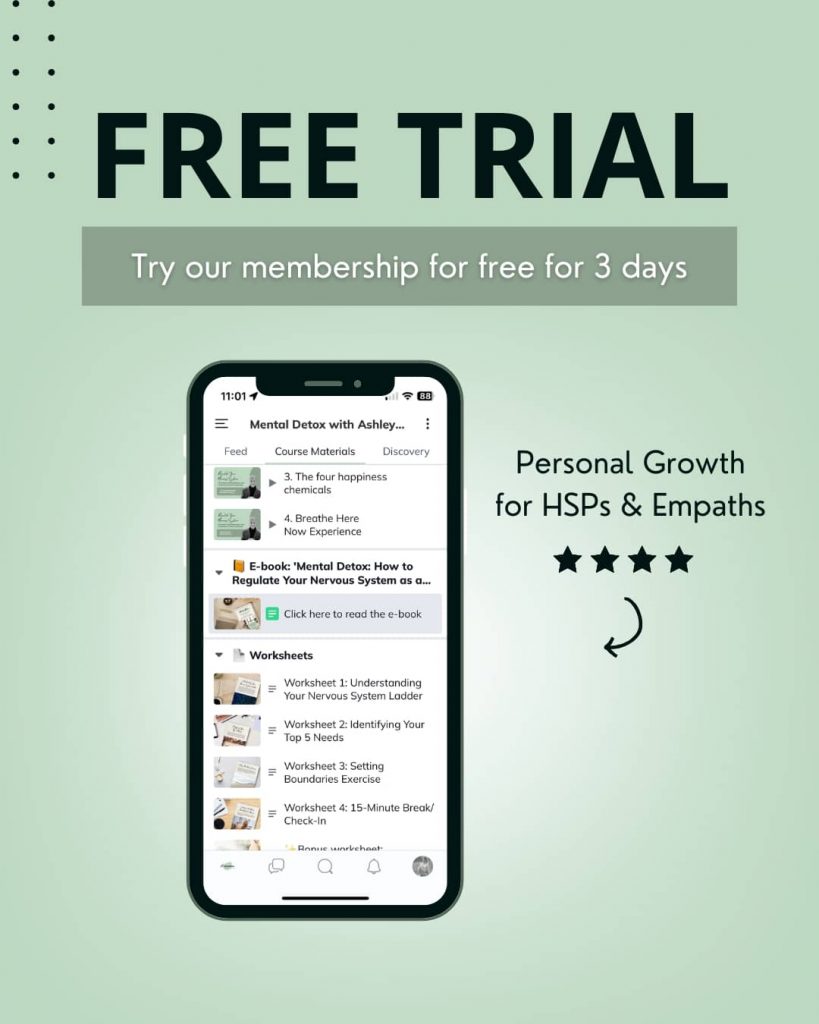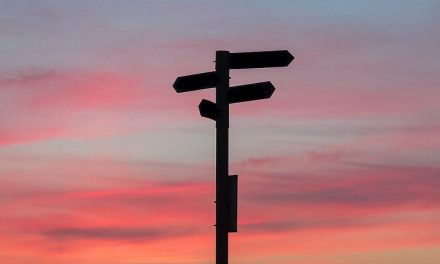Wondering which timing strategies can help you to reach your target audience more easily at peak hours for your business? Discover practical tips in this article!
Estimated reading time: 5 minutes
The timing factor holds significant sway over the outcome of any social media marketing endeavor, particularly within an increasingly populated digital sphere boasting over 5.04 billion active social media users globally as of January 2024.
In the contemporary whirlwind of fleeting attention spans and intense competition for engagement, strategic synchronization becomes paramount. Whether you are an experienced marketer or a novice navigating the digital realm, grasping the optimal moments to engage your target demographic is pivotal to success.
This article aims to dissect the intricacies of timing within social media marketing and provide insights into tactics for maximizing audience reach during peak periods.
Here’s What You’ll Learn:
Understanding Platform Dynamics
As the digital terrain of social media platforms continually shifts, every channel emerges with its distinct character and user engagement patterns. Take TikTok as a striking example. Its rapid rise in the online world, especially with younger demographics, marks it as a key platform for marketers looking to connect with Gen Z and millennials.
The platform’s emphasis on short, captivating videos and its capability for extensive sharing make it an optimal place for businesses to showcase their creative edge and authenticity. Grasping the nuances of platforms such as TikTok, including the best posting times to reach your audience, allows marketers to adeptly schedule their content, optimizing for broad visibility and interaction.
Timing Strategies for Different Platforms
In the world of social media scheduling, a universal strategy doesn’t cut it. Each platform boasts its own prime moments for sharing content, dictated by user habits and platform algorithms. For instance, Instagram, renowned for its emphasis on visual content, sees heightened engagement during specific hours, amplifying visibility and engagement with your audience. With the help of a free video translator you can help cater to a global audience, ensuring your content resonates across different languages and cultures.
Contrarily, X, formerly known as Twitter, thrives on instantaneous discussions, necessitating tweets during periods of peak user activity to maximize exposure. Likewise, LinkedIn caters predominantly to a professional demographic, underlining the importance of scheduling content for weekdays and business hours when users are most active. And let’s not overlook Facebook, where strategic timing and data-driven scheduling can elevate your posts above the din of the news feed.
Factors Influencing Timing
Various elements come into play when determining the most opportune moments for sharing content on social media platforms. Understanding your audience is crucial, as different groups show varied preferences and behaviors, shaped by aspects like age, geographical location, and interests. For example, targeting college-age individuals might reveal that posting during late evenings and weekends engages them the most.
Additionally, keeping a finger on the pulse of industry trends proves indispensable, as different sectors witness fluctuations in user engagement driven by seasonal shifts or emerging patterns. Marketers who remain abreast of peak hours specific to their industry and evolving audience dynamics can effectively tailor their timing strategies, ensuring they remain at the forefront of their field.
Tools and Analytics for Timing Optimization
It’s a boon for marketers that they don’t have to depend solely on intuition to decide the best times for their social media updates. An abundance of tools and analytics solutions exist to simplify this operation and enhance its impact. Social media management tools empower marketers to set up their posts well in advance and monitor their success across various channels.
Moreover, analytics solutions such as Google Analytics and Facebook Insights offer crucial insights into audience engagement and behaviors, assisting marketers in pinpointing the most effective periods to post. Experimentation through A/B testing stands as another critical strategy in a marketer’s toolkit, allowing for the tweaking of posting schedules based on the reactions they elicit from the audience.
Embracing Flexibility and Adaptability
In the ever-changing landscape of social media marketing, the ability to be versatile and resilient is paramount to maintaining a competitive edge. While strategic timing plays a pivotal role, it is equally imperative for marketers to foster a culture of openness towards experimentation and refinement. Trends undergo transformations, algorithms undergo modifications, and audience inclinations evolve with time.
By adopting a mentality of versatility, marketers can capitalize on emerging opportunities and adjust their timing strategies to synchronize with the fluctuating dynamics. Whether it entails trialing new posting schedules, exploring diverse content formats, or adapting to new trends, maintaining flexibility enables marketers to remain agile amid the perpetual flux of the digital realm.

Final Thoughts
In the swiftly moving arena of social media marketing, seizing the right moment is paramount. Grasping the nuances of various platforms, pinpointing the zenith of user interaction, and utilizing analytical tools for fine-tuning enables marketers to significantly enhance their interaction with intended demographics.
As the patterns of audience engagement shift and platforms modify in response to new tendencies, it’s crucial for marketing professionals to remain nimble and forward-thinking in their timing methodologies. By pioneering the strategic use of timing, marketers stand to discover fresh avenues for triumph within the dynamic sphere of social media marketing.
